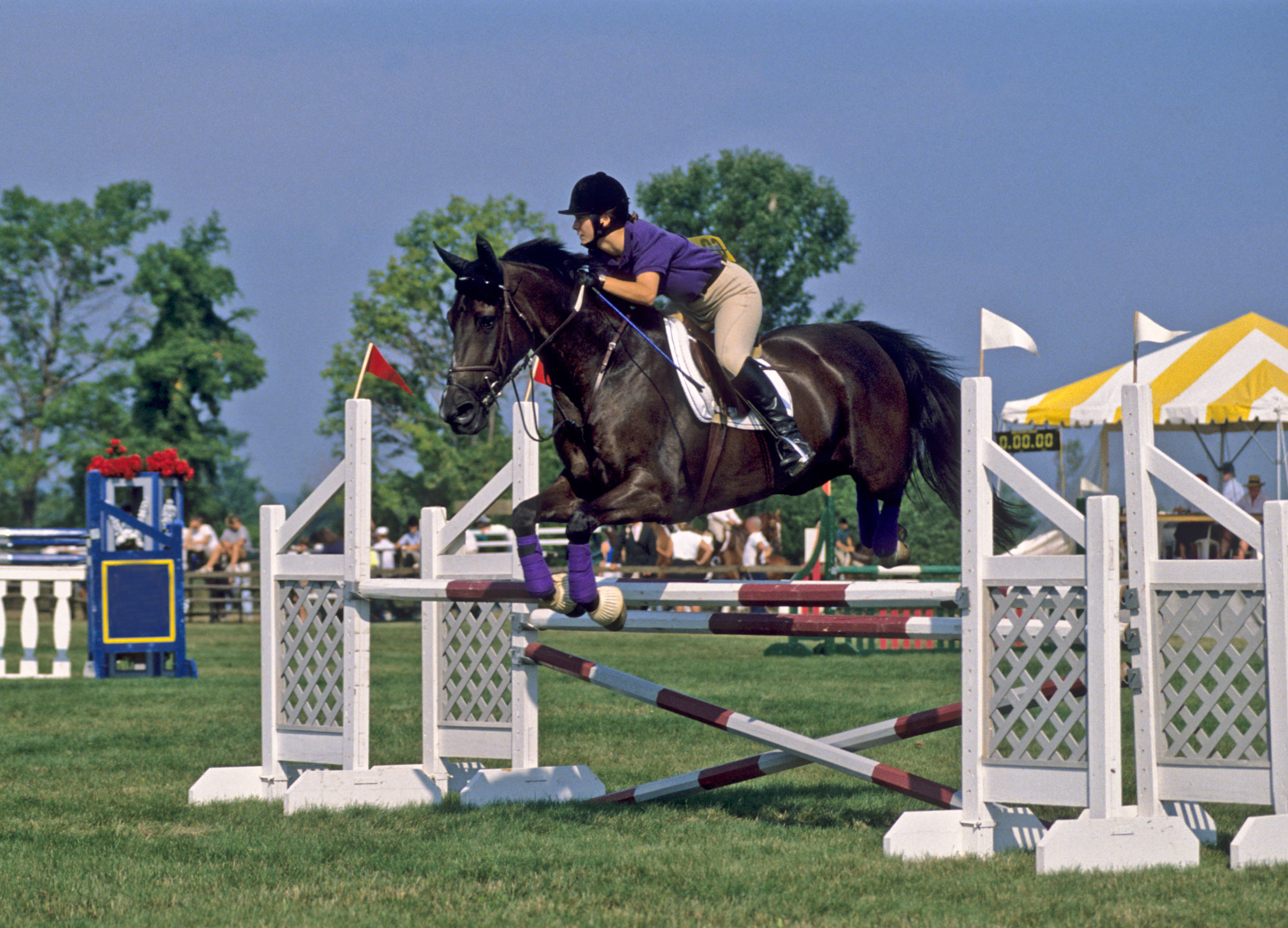
Each year, the Lake Tahoe Equine Conference hosts equine practitioners from all over the world, with a slate of excellent presenters on topics in their specialty fields. In 2020, Laurie Goodrich, DVM, PhD, DACVS, of Colorado State University’s Equine Orthopedic Research Center, presented an in-depth look at joint therapies, with a particular focus on the use of corticosteroids alone or in conjunction with other medications. She summarized an exhaustive literature review of decades of evidence-based research studies to provide some basic premises for equine practitioners to consider when administering joint therapies.
This article is brought to you by Covetrus.
Triamcinolone (TA): In osteochondral fragment studies, intra-articular (IA) treatment with TA significantly decreased lameness and improved synovial membrane and cartilage scores. TA “protects” cartilage from degeneration, i.e., it is chondroprotective. Only three of 2,000 horses injected with 25-40 mg TA developed laminitis—one at 7 days post-injection and the other two at two to three months post-injection.
Betamethasone: Cartilage and subchondral bone were not adversely affected with ~16 mg IA betamethasone, nor were adverse effects seen with exercise post-injection.
Methylprednisolone (MPA): IA injection of 100 mg improved lameness, hyperplasia and vascularity. However, the cartilage experienced deleterious effects. A lower dose (40 mg) does not reduce detrimental effects of MPA. Combining with hyaluronic acid (HA) does not reduce detrimental effects of MPA.
Combination of corticosteroids and IA anesthesia: MPA toxicity is potentiated by lidocaine. Bupivicaine should not be used with corticosteroids. Mepivicaine did not affect TA or vice versa; TA improves lameness.
Sodium Hyaluronate (HA): HA is particularly effective for acute synovitis. IV administration once weekly for three weeks reduces lameness, synovitis and prostaglandin E2. Combined with Adequan, HA decreases cartilage fibrillation. Combined with TA, the success rate is 64% compared to the 87% success rate of TA alone. HA alone has beneficial effects on proteoglycan metabolism more than HA and MPA combined. Oral HA had no effect on the osteochondral chip model but exerted some clinical effect with hock OCD.
Adequan (polysulfated glycosaminoglycans, PSGAGs): IA treatment with PSGAGs decreases synovial effusion, vascularity, joint capsule fibrosis and cartilage fibrillation. Infection rate increases with IA administration, but small dose of amikacin protects against this. Intra-articular TA and Adequan did not achieve better results than IA Adequan alone. PSGAGs given IA three times in the coffin joint achieves better results than one-time MPA. Sixty percent of equine practitioners use IM Adequan for “preventative” therapy for chronic joint disease or post-operatively.
Musculoskeletal Injury Rates: In a study of 1,911 horses, 392 were treated with IA corticosteroids. There is an association between corticosteroid treatment and musculoskeletal injury, including progression of an injury following IA treatment. The International Federation of Racing advises a 14-day “stand-down” period between treatment and racing.
Polyglycan: This is a mixture of HA, sodium chondroitin sulfate and N-acetyl-D-glucosamine. It has been used IV (off-label) by 60% of veterinarians, IM by 18% and IA (also off-label) by 22%. IA administration can improve lameness. IA achieves improved scores for bone proliferation and erosion of full-thickness cartilage lesions. It is licensed only for post-surgical lavage, so IA injection is off-label. IV administration is detrimental to subchondral bone with no other beneficial effects. The study had eight horses given IV Polyglycan prior to induction of OA with osteochondral fragments, then every seven days for five times; and eight horses given IV for 16 days after induction of osteochondral fragments and every seven days for five treatments. Horses were evaluated for 70 days. The results were not favorable: Radiographic scores of treated horses were worse than controls. Treated horses had 29% greater bone proliferation at joint capsule attachment, osteophyte production and more MRI-evident bone edema than placebos. The cartilage erosion scores improved with treatment. The conclusion: “Prophylactic” administration of Polyglycan IV has detrimental effects in OA joints and should not be used this way.
Pentosan (PPS): In an osteochondral chip model, 3 mg/kg IM x 4 treatments resulted in significant reduction of articular cartilage fibrillation and improvements in cartilage histology. The dosing recommended is 3 mg/kg IM q five days x 7 injections. Compared to recommended Adequan dosing (500 mg every 4 days x 7 injections), PPS joints responded more quickly while Adequan-treated horses tended to regress after treatment.
Surpass Topical: 7.3 grams BID has both disease- and symptom-modifying effects: Reduces lameness and reduces bone sclerosis and gross lesions.
Firocoxib: This has similar musculoskeletal efficacy to phenylbutazone with less risk of gastric ulcer disease.
The Bottom Line
These summaries can help practitioners in the field and in clinics to determine the most efficacious treatment protocols to tailor for each equine patient.
This article is brought to you by Covetrus.








